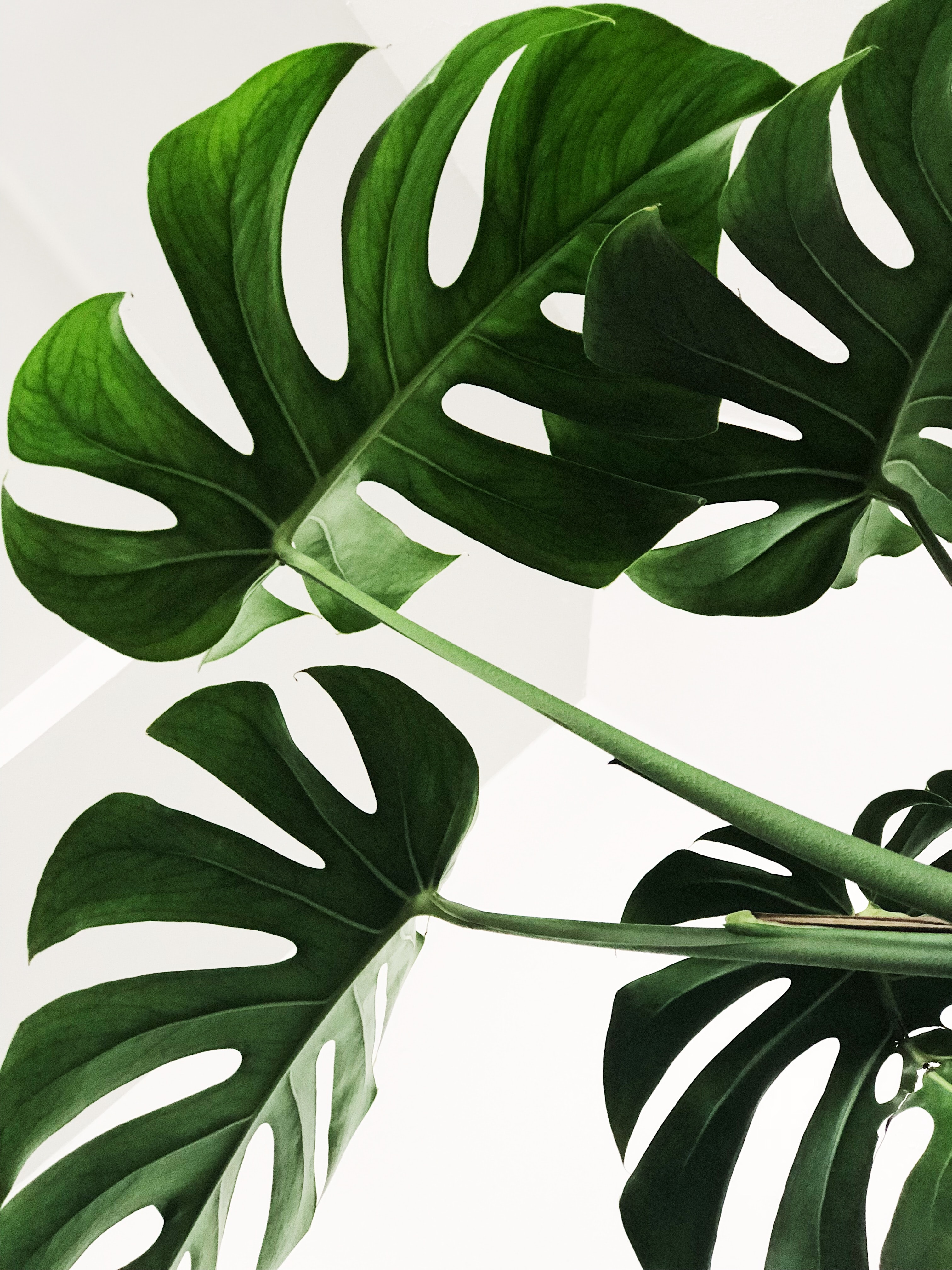
If you stepped outside today, Sunday April 12, in Toronto, you felt spring as a living, breathing, awakening force. The April air had a three dimensional quality I can best describe as joy. It suffused the faces of every person I encountered. It bubbled up and spilled over in laughter and wide smiles. The birds, who are always attuned to life’s nuances, sang in glorious harmony. The robins, who love to play their part as spring’s ambassadors, frolicked on every lawn.
As I made my way down to the lake later in the afternoon, I realized how much I have been looking forward to warmer weather and the opportunity to write outside. I don’t want to miss a thing. The richness of what is around us, literally in our own backyards can be captured if you pay attention to the details. Think of it as adding texture to your writing. Texturing is similar to the process a painter uses when she lays down layer upon layer of colour, different shades blending and swirling together, until her subject is “lush, glowing.”
Texture, comes from the Latin word, “texere”, meaning to weave. And good writing is like finely woven cloth isn’t it? Layers of detail and colour mesh together in a rich fabric that creates a lasting impression. For me, the world outside, the natural world, provides the inspiration to practice writing deeply textured pieces. And in the awakening spring, the source material expands a hundredfold.
I am not suggesting you have to don hiking boots and a Tilley hat and spend your weekends exploring nature trails. But I do think your writing will benefit from time spent outdoors. Take a walk outside and practice describing some of the simple signs of spring: a crocus, a robin, new buds on a tree. To do this, narrow your focus; concentrate. Write for 5 minutes and see what comes out on the page. For example, here is what I wrote in 5 minutes about a swan I sat and watched at the lake today:
“White, pure and clean. Startling really in the city. But up close her neck is dirty grey. Black webbed foot visible beneath the water’s surface paddles effortlessly and she glides. Majestic. Princess-like. Unperturbed by all the human watchers. She is silent. Graceful neck and bright beak, that dips under the water for a moment. Feathers like silky clouds. Her size and beauty dwarf the charming, pudgy ducks who dart around her. Plumage ruffled, she stops to groom, then on her way once more. She’s of another time I think. A slower, more gracious age.”
Now you may be thinking, “what does writing about nature have to do with the story I am working on?” It is a form of writing practice. It is writing that you do on a regular basis in order to challenge yourself to do it regularly. It is incredibly hard to commit to and carry out anything on a continual basis. Our minds like to sabotage those kinds of commitments. Even if you love the thing you are doing, writing for example, once you surround it with structure you will face resistance. You will try to self-sabotage; it’s human nature. But it is worth it to persevere. Natalie Goldberg talks a lot about the nature of writing practice in her book, The True Secret of Writing:
“A regular practice is radical. It is not a habit that you get comfortable with, that you don’t even notice you do. The simplest practice if you commit to it regularly challenges you, cuts through.”
I find writing outdoors at least once a week, focusing on the details of the simplest things, a writing practice that challenges me. I work on paying close attention to what I see. I try and take nothing for granted: “…things in their very nature are not what they seem.”
I practice weaving with words, adding texture and richness, layer upon layer. Texture can bring a thing to life on the page. And this practice will help you with any kind of writing you do.
Here’s a further list of “spring things” you can write about- 5 minutes for each one. Bring them to life with textured details:
- rubber boots
- asparagus
- skunks
- warm wind
- daffodils
- dew worms
Til next time, keep writing.
